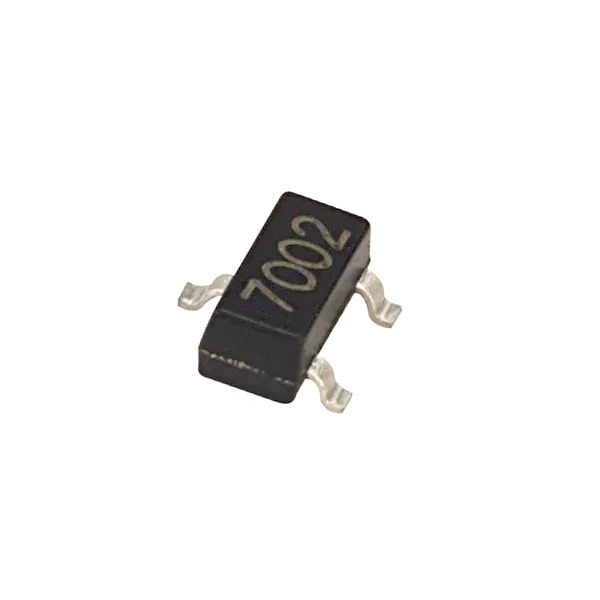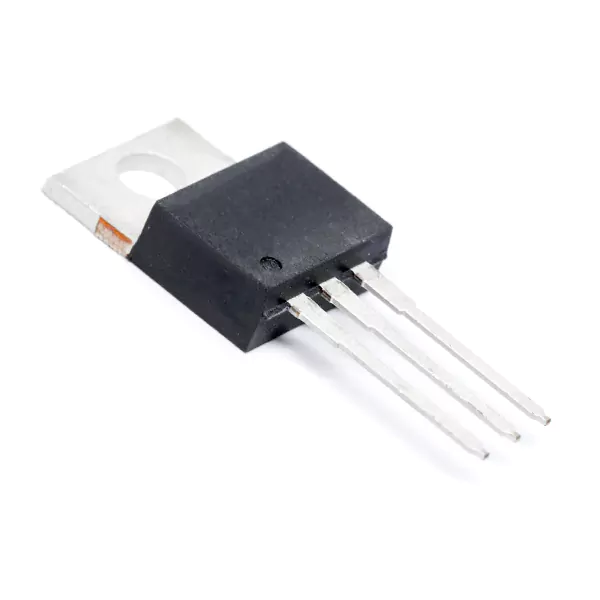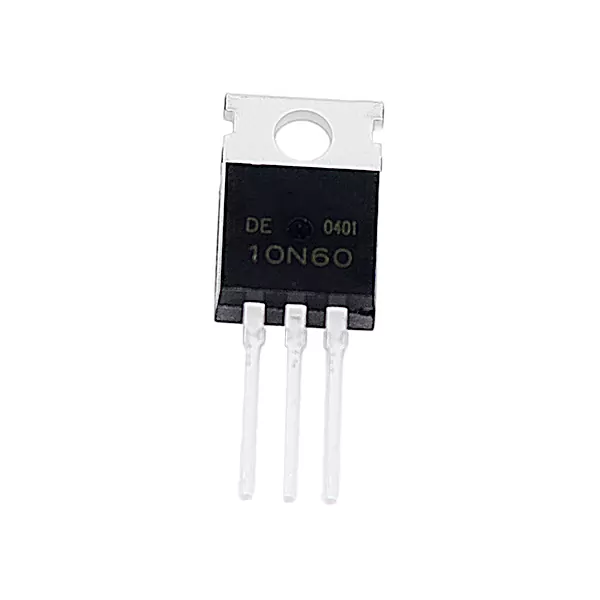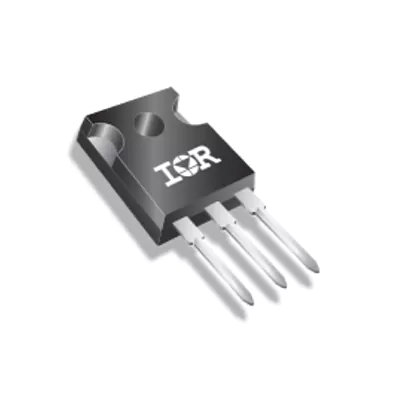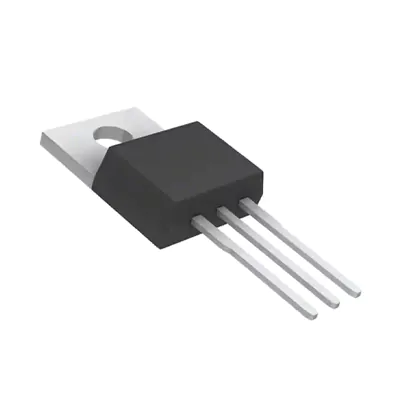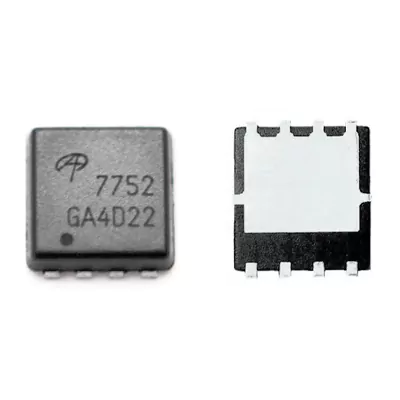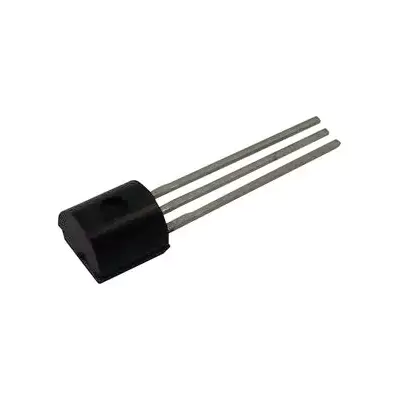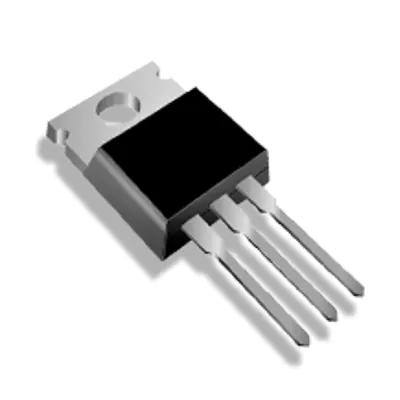Electronic Component Datasheet
An Electronic Component Datasheet is a comprehensive document provided by electronic component manufacturers that contains detailed specifications, performance characteristics, and how to use for a specific electronic component.
These datasheets serve as essential reference materials for engineers, designers, technicians, and hobbyists involved in the selection, integration, and usage of electronic components in their projects.
And here is electronic components datasheet search, and you can search by electronic component manufacture, and electronic component part number to get your desired ones.
Electronic Component Datasheet
Here is a demo electronic component data sheet below, including electronic component picture, and electronic component part number.
Please feel free to contact us at any time to ask for the datasheets for electronic components at any time if you need.
What Electronic Components Datasheet Include
Electronic component datasheets typically include a wide range of detailed information essential for understanding and utilizing the component effectively.
Here are some common sections and information found in electronic component datasheets:
Product Overview: An overview section provides a brief description of the component, including its purpose, functionality, and key features.
Electrical Characteristics: This section outlines the electrical properties of the component, including parameters such as voltage ratings, current ratings, resistance values, capacitance values, inductance values, and frequency characteristics.
Mechanical Dimensions: Mechanical dimensions are provided to illustrate the physical size, shape, and mounting specifications of the component. This includes dimensions such as length, width, height, lead spacing, and package type.
Pin Configuration: A pin configuration diagram or table details the pinout of the component, indicating the function of each pin and its corresponding connection in a circuit.
Absolute Maximum Ratings: Absolute maximum ratings specify the maximum voltage, current, power, temperature, and other environmental conditions that the component can safely withstand without damage.
Operating Conditions: Operating conditions describe the recommended electrical and environmental conditions for normal operation of the component. This includes parameters such as voltage supply range, temperature range, and humidity range.
Electrical Characteristics Graphs and Tables: Graphs, tables, and diagrams provide detailed information on the component’s electrical performance under various operating conditions. This may include characteristics such as voltage-current curves, frequency response curves, and impedance plots.
Application Circuits: Application circuits illustrate typical usage scenarios and recommended circuit configurations for the component. These circuits may include schematics, diagrams, and examples of how to integrate the component into a circuit design.
Packaging Information: Packaging information specifies the type of package used for the component, such as through-hole, surface mount, or ball grid array (BGA), along with details on tape and reel specifications for packaging and handling.
Compliance and Certification: Compliance and certification information indicate whether the component complies with industry standards, regulations, and certifications such as RoHS (Restriction of Hazardous Substances) compliance, REACH compliance, and CE certification.
Ordering Information: Ordering information provides details on how to order the component, including part numbers, package options, quantities, and lead times.





















